

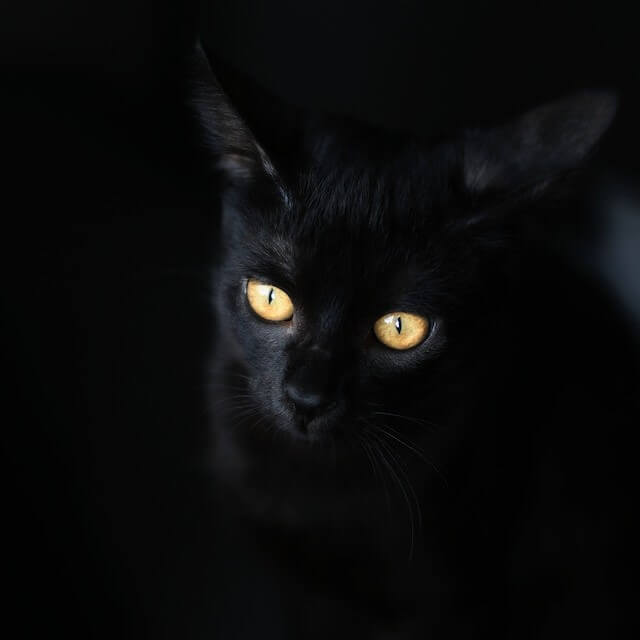
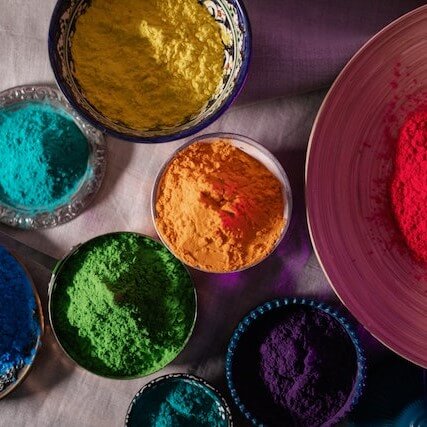



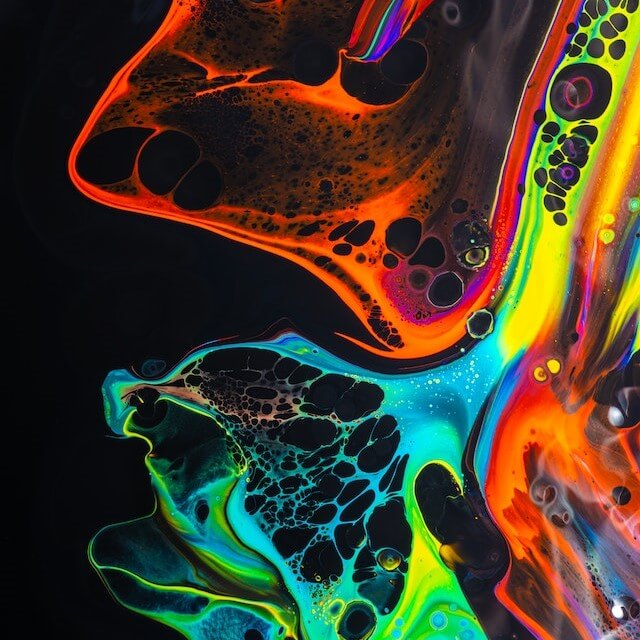

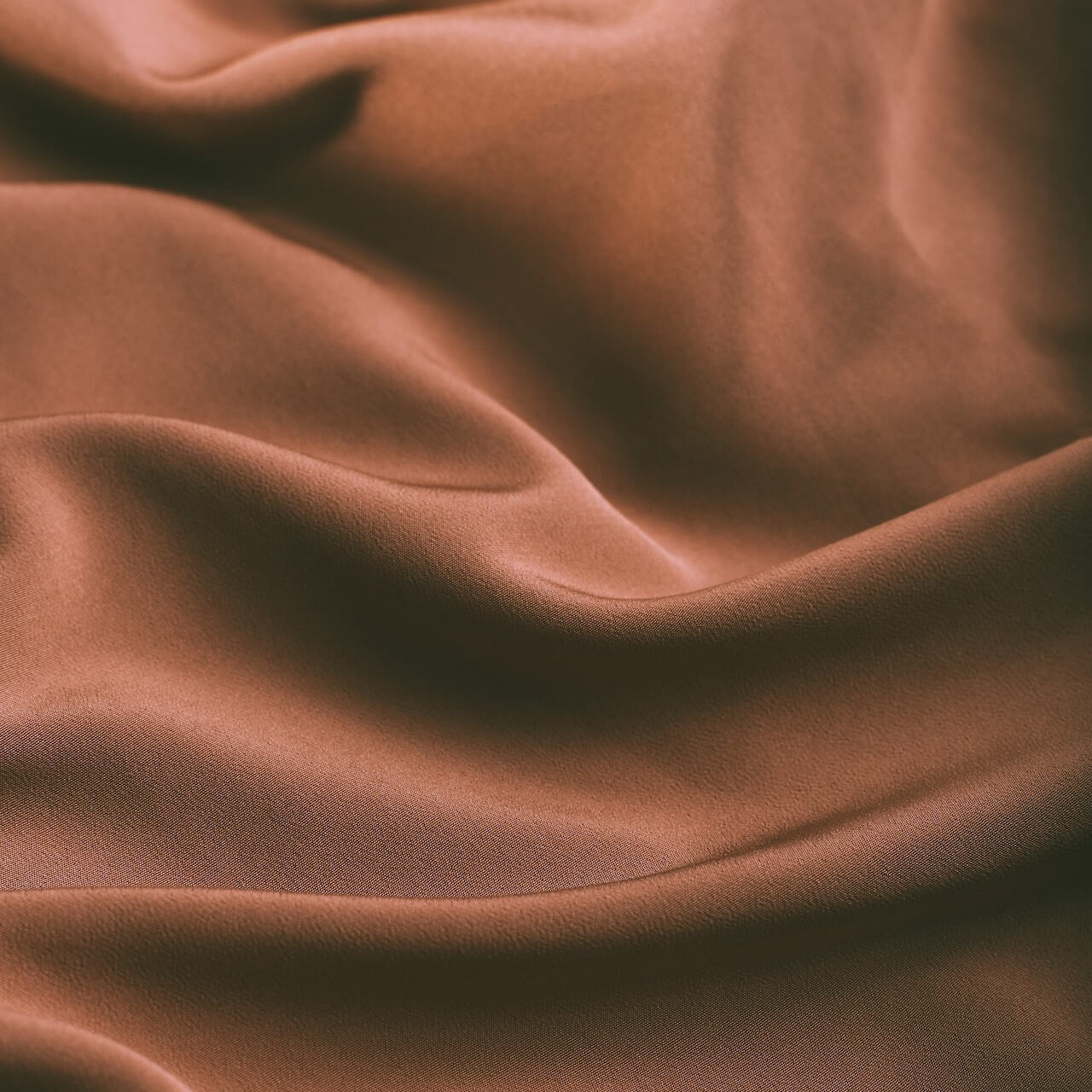
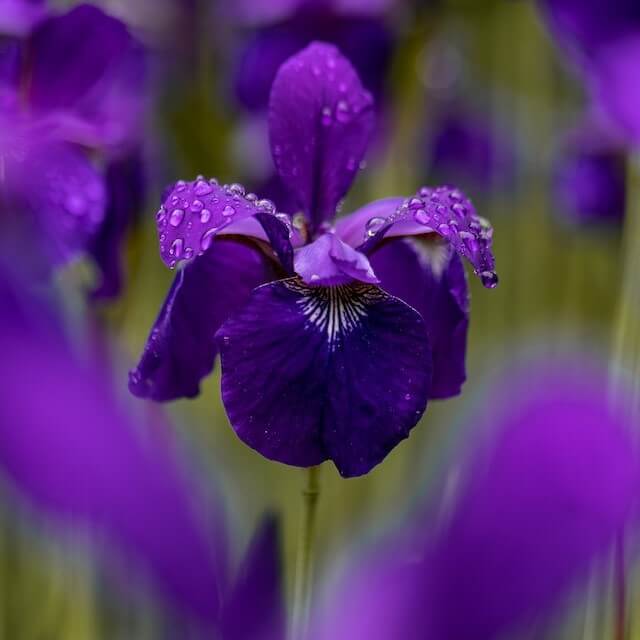













Historical Significance:
Black has played a pivotal role throughout human history. From the charcoal and carbon-based black pigments found in prehistoric cave art to the elaborate use of black in the inks of ancient manuscripts, the colour has been essential for conveying information and expression. The historical journey of black textiles is especially noteworthy. With the development of advanced dyeing techniques, particularly the use of gall-nuts in medieval Europe, stable and deep black garments became possible. By the Renaissance, black clothing became a symbol of dignity, authority, and solemnity, notably worn by monarchs, magistrates, and clergy.
Cultural Meaning:
Across different societies, black can have varied connotations. In many Western cultures, black is the colour of mourning and is associated with death and the unknown, leading to its link with Halloween and other traditions dealing with the afterlife. In parts of Asia, however, white is traditionally the colour of mourning, while black may have different associations. In fashion, the "little black dress" epitomizes elegance and versatility, showcasing black's association with sophistication. In other contexts, black symbolizes resistance, rebellion, and countercultural movements.
Symbolic Meaning:
Black embodies a multitude of symbolic meanings. It often represents power, elegance, and formality. On the other hand, it can also symbolize mystery, fear, and the unknown. The colour can evoke feelings of emptiness or desolation, but also protection and comfort, much like the protective embrace of the night. In many spiritual contexts, black can represent both the ending and the void before the beginning, making it a colour of both closure and potential. Additionally, black can signify strength and self-control.
Black is a strong neutral colour. It is commonly used in edgier and elegant designs.
It is often used to stabilise or subdue more vibrant colours that run the risk of being overpowering.
It’s recommended not to use black for typography (especially on a white background). The contrast is too high and can an uncomfortable strain on the eyes. A dark grey is much more preferable.
Brands | BBC | Next | M&S | The New York Times | WWF | VOGUE
The complimentary / opposing colour = WHITETo black out. (to faint)
The pot calling the kettle black. (when you accuse another person of doing things that you are guilty of doing)
Black sheep. (the odd one out, someone who doesn't fit in with others)
In the black. (to have money; the opposite to “in the red)
Black tie event. (a formal occasion, formal attire expected)
“Before me, no-one would have dared to dress in black… A black so deep, so noble that once seen, it stays in the memory forever.” - Coco Chanel
"Without black, no colour has any depth. But if you mix black with everything, suddenly there's shadow - no, not just shadow, but fullness. You've got to be willing to mix black into your palette if you want to create something that's real." - Amy Grant
"If I could find anything blacker than black, I'd use it." - J. M. W. Turner
"There’s something about black. You feel hidden away in it." - Georgia O’Keeffe